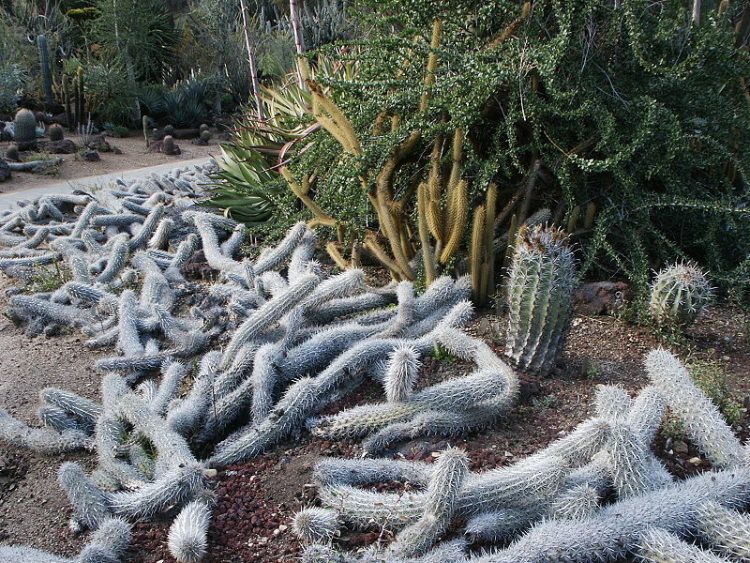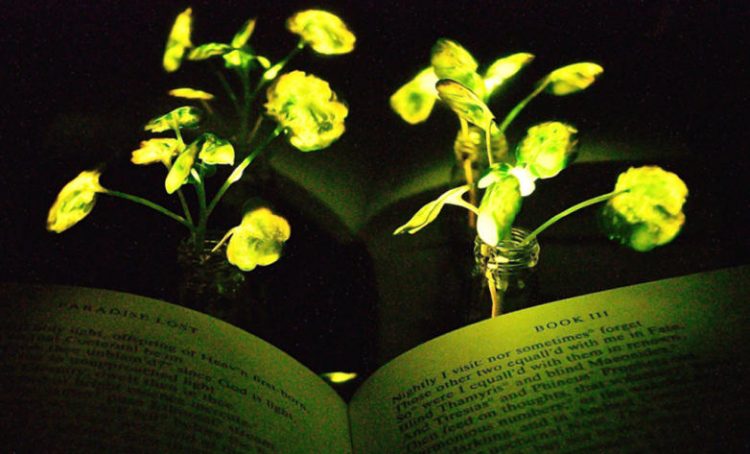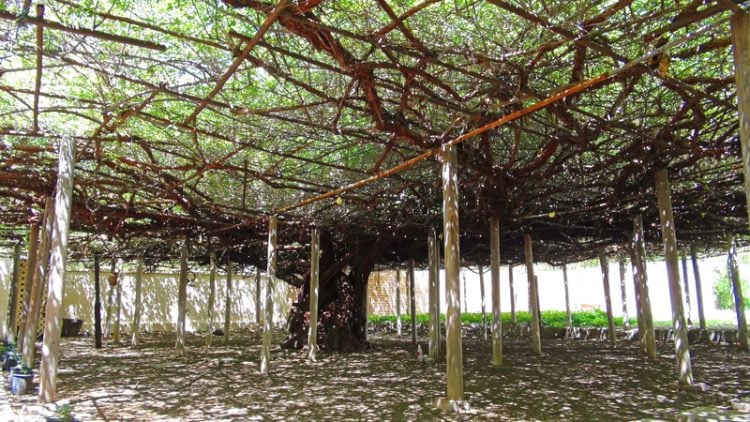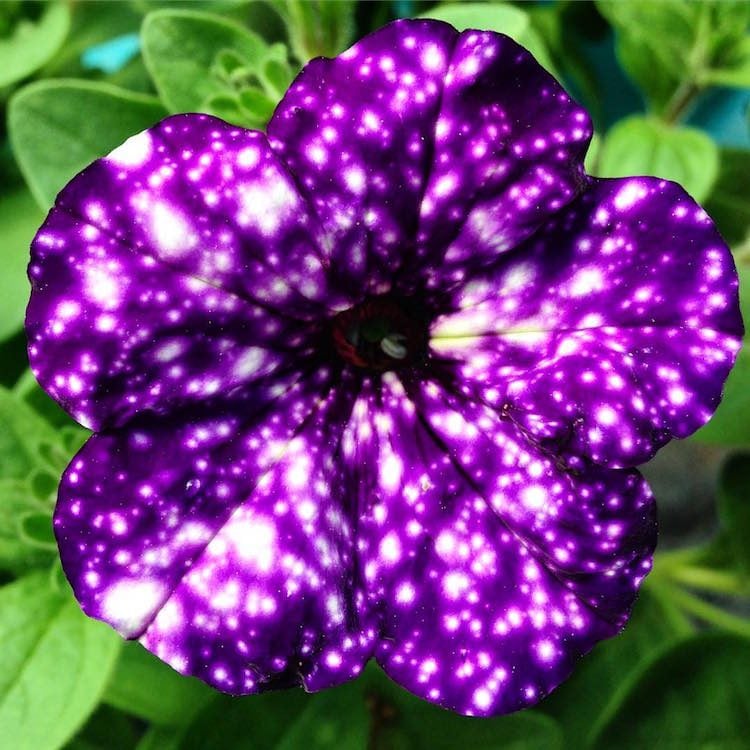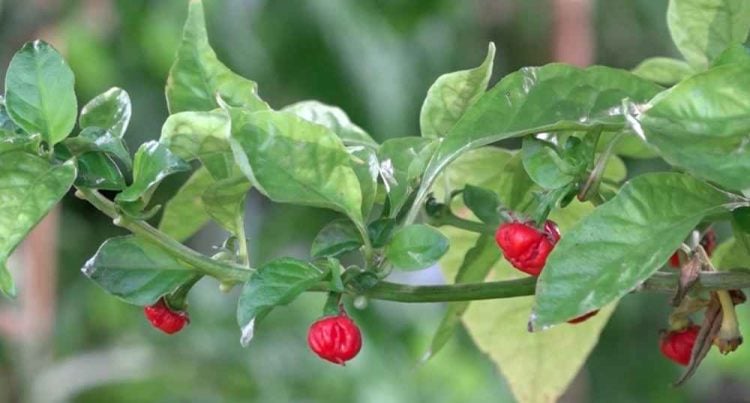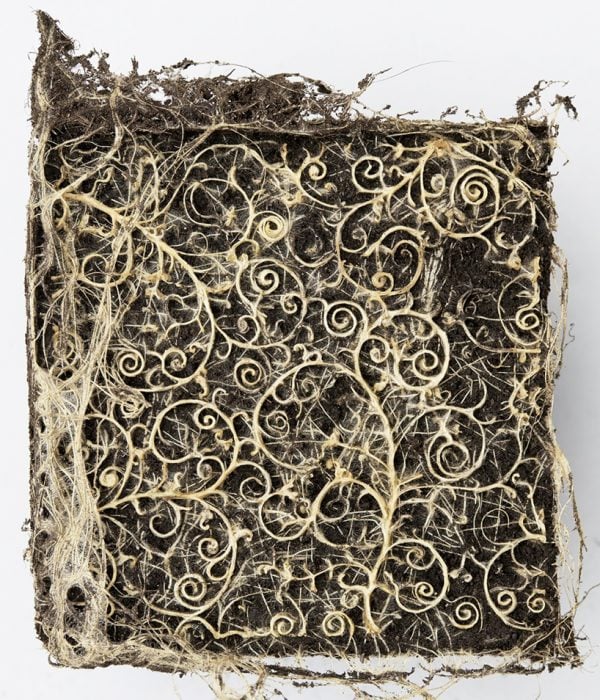The Creeping Devil is a rare and fascinating species of cactus that is not only capable of cloning itself to survive, but also of detaching from its major shoot to move through the desert over time.
Also known by its scientific name, Stenocereus eruca, this unusual species of cactus is endemic to the northwestern Mexican state of Baja California Sur, and is the only known moving cactus in the world. Unlike most other species of cactus, which typically grow vertically, toward the sky, the creeping devil is different – it lies flat on the ground with only its tip slightly raised. This plays a major role in the plant’s survival in isolation, but also in its unique capacity to migrate along the desert over long periods of time.

